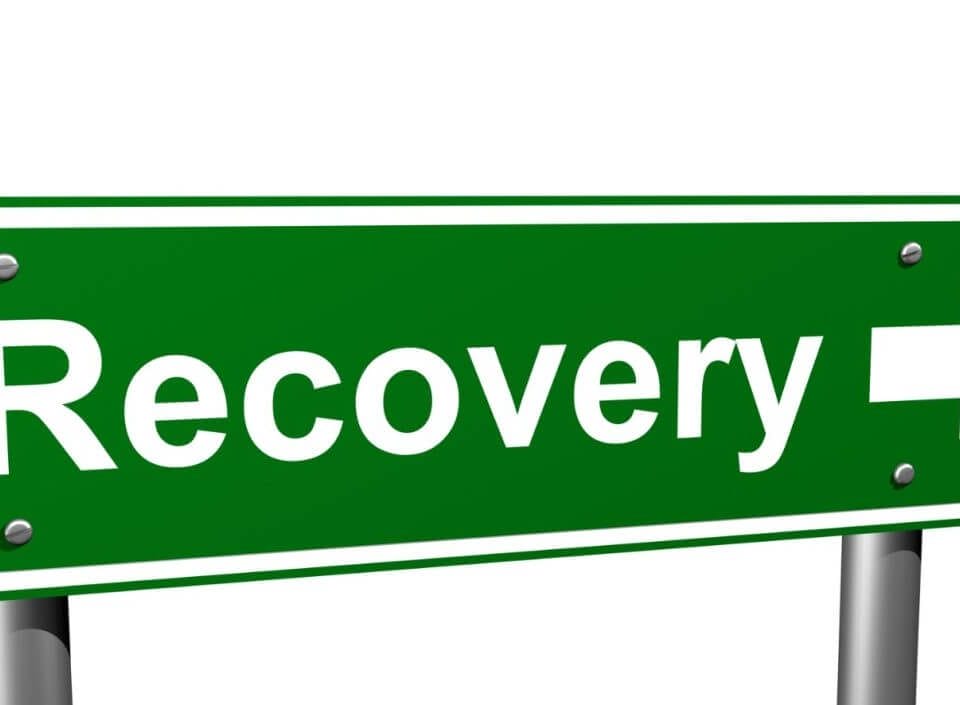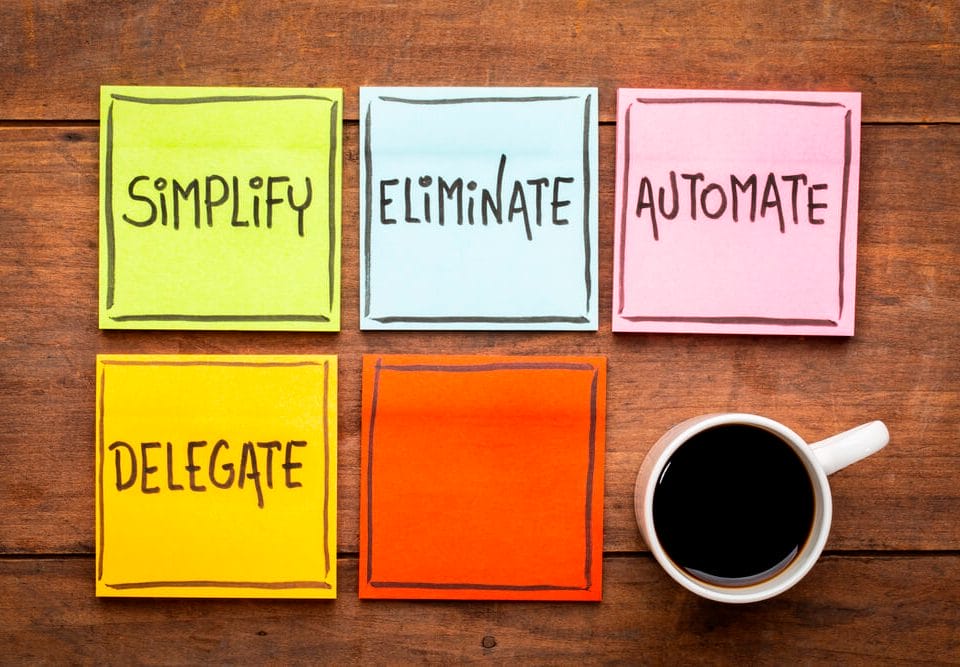
Complex Business Challenges
how to solve complex business challenges
I can't change the direction of the wind,
but I can adjust my sails to always reach my destination.
Jimmy Dean
an American country music singer, television host, actor and businessman.
A Complex Business Problem From a Friend
At one point I connected with a senior leader who was recently promoted to an increased level of responsibility -- he mentioned to me, "Greg, this place is a disaster. I never realized it until I had the view that I do now". Lets call him Jim. Jim, saw the big picture. Challenges across the board. Things not going as well as they should. And it became overwhelming fast. What do I do?
I experienced a similar business challenge when I was promoted at one point in my career. It seemed that nothing was going well -- and it was very clearly going in the wrong direction which would impact the business substantially. Every aspect of my team was in silos when I joined it. People just operated in their own bubble. They didn't measure success. They just did what they felt was right.
"How well are you doing? And how do you measure it? " I would ask. Only to get a positive subjective response like "I'm really and expert here and know what I'm doing, we can't measure this but I know its going well". (the numbers didn't support that) It was way too easy to rapidly become overwhelmed.
I discussed an interesting approach to solving big complex problems in another article here. So what did I do? My options were to complain, become overwhelmed and firefight. OR.... I could take these big complex problems and break them down into bite sized chunks.
As I learned more about the greater organization, I had a view on what does good look like? how do we measure good? How are the things we do aligned with good? (and how do we know?)
You Will Find a Complex Business Problem Almost Everywhere
No businesses are perfect ... though, the thing that separates the good from the great businesses are the people. How do they handle the challenges? Failures? Frustrations? The good things and bad. We all experience complex business problems. We'll discuss some methods to help prevent becoming overwhelmed and focus on solutioning and solving and decision making.
How Can You Solve A Complex Business Problem?
There's an old idiom -- how do you eat an elephant? The answer? One bite at a time. Or another, don't bite off more than you can chew. The best way to solve complex problems is to break them down into bite sized bits.
The way I solved the challenge that took a top-down approach. And listed all of the major issues. And tried to prioritize the impact of these ... not the issue itself. The issues may seem big but the actual impact is the thing I cared about the most. For example,
- Issue A: Sales team members are not following the right contract approval process
- Impact 1: contract gets approved that didn't meet business expectations or needs
- Issue B: Sales team members are not placing the contract files in the right place
- Impact 1: takes as long as 30 minutes to find some contracts after digging for them
I prioritize the above problem high due to impact from Issue A: since it can open the business up to either liability issues, financial, and/or operational. Though frustrating, the impact form issue B isn't as serious. As you look through this, you don't need to spend copious amounts of time on decision making, decide and continue to work through this.
Prioritizing the Complex Business Problem
Then, looking at where I want to spend my time, I break down these challenges in to smaller chunks for Issue A.
- Chunk 1: How often (and %) are contracts not going through the right process (is it rare or not)?
- Chunk 2: What is the current approval process
- Chunk 3: Talk with sales team members and managers as to why people aren't following the process (is it a difficult process, are people aware of the process, other reasons?)
- Chunk 4: Is there an easy way to understand if its being done right or not aside from after the fact?
- Chunk 5: Based on the above assessment, is this something that we should solution? Automate? Change?
Bite sized chunks are an easy way to solve complex challenges. A complex business problem can be broken into bite sized chunks to allow better solutioning and solving. They go from complex to smaller simpler pieces.
These tools can help all business team members be more successful.
Some business may have a great deal of issues and are not sure where to start, in those cases, sometimes it is good to get a new, outsider's perspective from a business turnaround consultant.
We cannot solve our problems with the same thinking we used when we created them.
Albert Einstein









